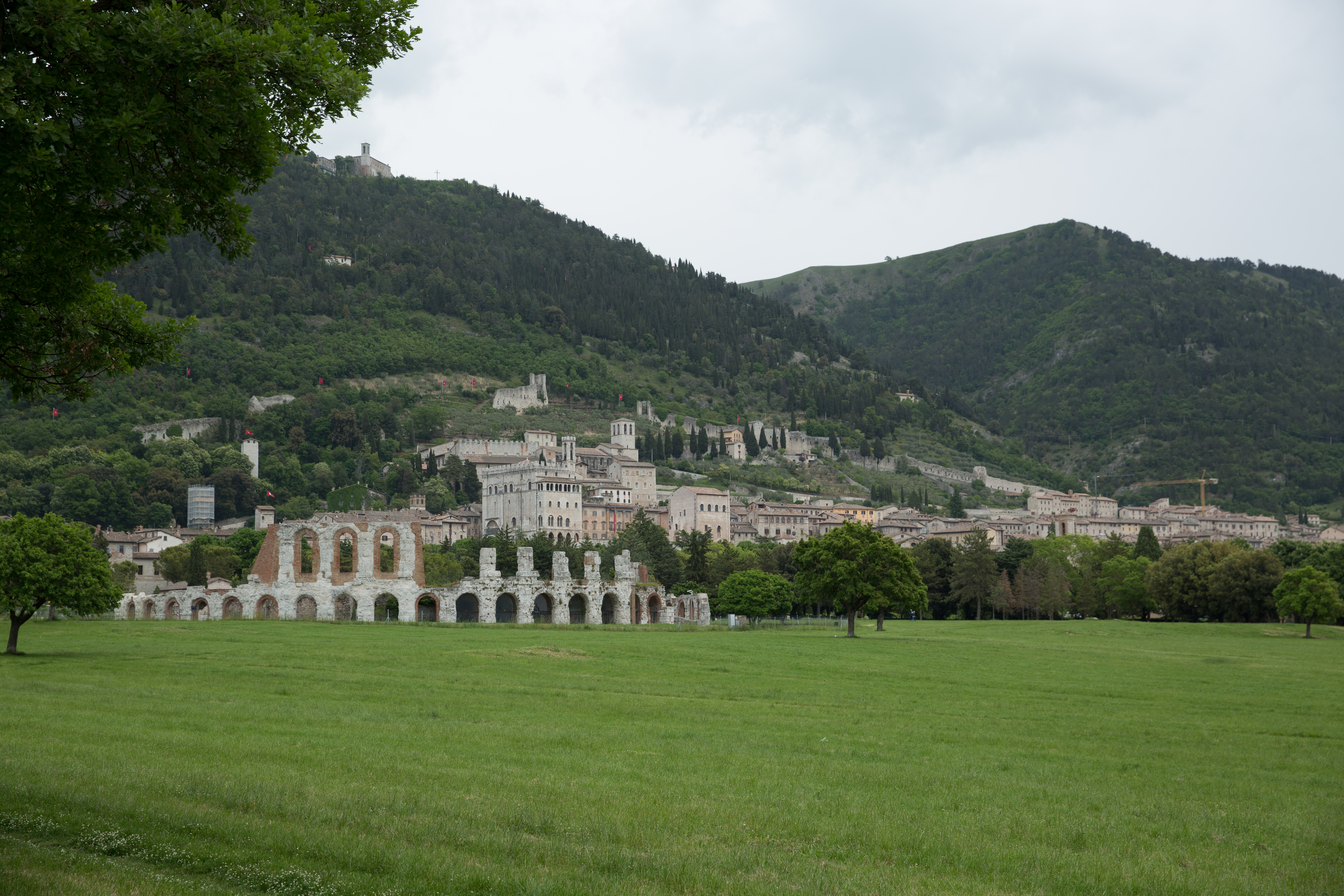|
Gubbio
Gubbio () is an Italian town and ''comune'' in the far northeastern part of the Italian province of Perugia (Umbria). It is located on the lowest slope of Mt. Ingino, a small mountain of the Apennine Mountains, Apennines. History Prehistory The oldest evidence of human habitation in the Gubbio valley dates back to the Middle Palaeolithic, but only during the Neolithic period (6000-3000 BCE) does the earliest evidence of relatively permanent settlements emerge. Agriculture and animal husbandry were introduced to the valley around the 6th to 5th millennium BCE. Stone tools (made of local chert) and pottery have been found from this period. The styles and decorations of the pottery have a resemblance to contemporary finds from Marche and Lazio. At the excavated site of San Marco, east of Gubbio, archaeologists found a ditch with various almost-intact ceramic vessels, which may indicate a deliberate deposit as part of some sort of ritual. Little evidence has been found from the Chalcol ... [...More Info...] [...Related Items...] OR: [Wikipedia] [Google] [Baidu] |
Ubald
Ubald of Gubbio (; ; ; ca. 1084–1160) was a Middle Ages, medieval bishop of Gubbio, in Umbria, today venerated as a saint by the Catholic Church. Saint Ubaldo Day is still celebrated at the Basilica of Sant'Ubaldo, Gubbio, Basilica of Sant'Ubaldo in Gubbio in his honor, as well as at Jessup, Pennsylvania. Life Born Ubaldo Baldassini, the only son of nobility, noble parents Rovaldo and Guiliana Baldassini. He was a relative of Sperandia, abbess of a Camaldolese monastery at Cingoli. Ubald was baptized in the church of San Giovanni and named after his uncle. Ubald's parents died while he was still very young, and he was raised by his uncle, the bishop of Gubbio. He was educated by the prior of the cathedral church of his native city, where he also became a canon regular. Ubald entered the Monastery of St. Secondo in the same city, where he remained for some years. He was ordained about 1114. Recalled by his bishop, he returned to the cathedral monastery. The bishop made him pri ... [...More Info...] [...Related Items...] OR: [Wikipedia] [Google] [Baidu] |
